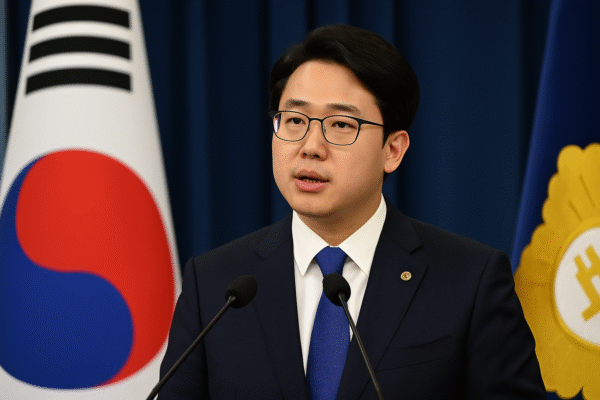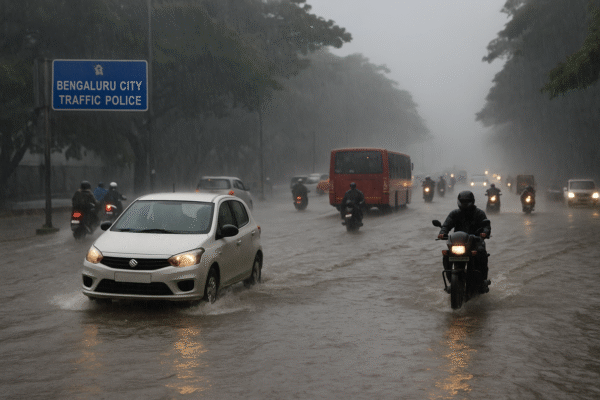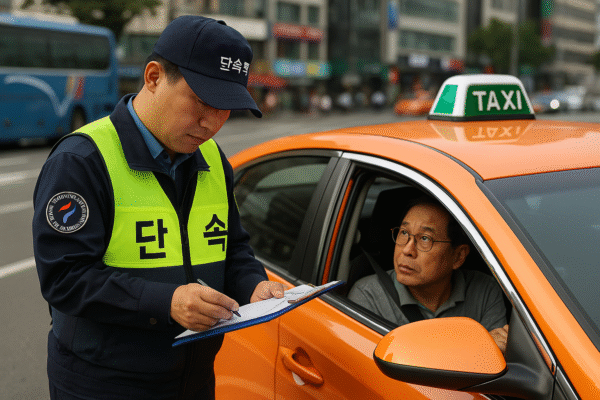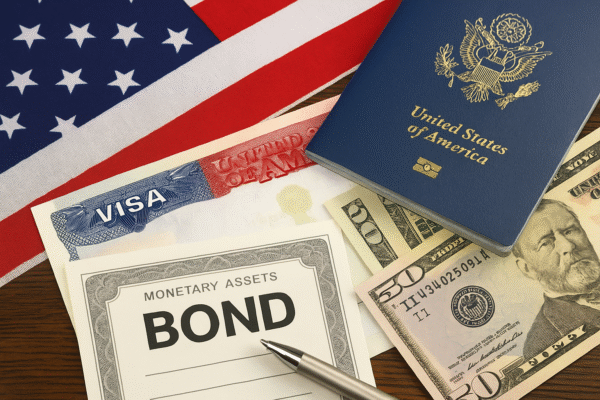In a move set to reshape the landscape of international travel to the United States, the U.S. Department of State has announced sweeping new changes to its visa policy. Effective August 20, 2025, travelers from select countries with high visa overstay rates will face increased entry requirements, including a refundable visa bond of up to $15,000 and mandatory entry and exit through government-approved airports.
This new policy, part of a pilot program aimed at bolstering visa compliance, marks one of the most significant transformations in U.S. travel and immigration policy in recent years. Designed to strengthen border control and reduce instances of visa abuse, the new measures are expected to affect B-1/B-2 visa holders—those visiting for business and tourism—among other nonimmigrant visa categories.
What’s Changing in U.S. Visa Policy?
- Visa Bonds up to $15,000:
Travelers from designated countries with a record of high visa overstay rates may be required to pay a refundable bond ranging from $5,000 to $15,000 before being granted entry. The bond will only be returned if the visitor adheres to the visa’s terms and departs the U.S. within the approved period. - Limited Airport Access:
Affected travelers will no longer be allowed to choose any airport for entry or exit. Instead, they must use government-specified airports, which are expected to include major international hubs such as John F. Kennedy International Airport (JFK), Los Angeles International Airport (LAX), Hartsfield-Jackson Atlanta International Airport (ATL), and Chicago O’Hare (ORD). The list of approved airports will be officially released in the coming weeks. - New Visa Integrity Fee:
In addition to the bond, a $250 non-refundable Visa Integrity Fee will be introduced for all nonimmigrant visa applicants starting October 1, 2025. This includes tourists, students, temporary workers, and exchange visitors.
Targeted Countries and Compliance Monitoring
Although the specific countries affected have not yet been named, the U.S. Department of Homeland Security (DHS) previously released visa overstay reports identifying nations with frequent violations. Countries historically noted include Nigeria, Pakistan, Nepal, Bhutan, and Laos, among others.
The aim of the policy, according to officials, is to encourage higher compliance with visa terms by imposing financial and logistical consequences for potential overstays. By concentrating entry and exit through designated ports, the government can more effectively monitor movement and enforce immigration laws.
Impact on Tourism and Travel Industry
This policy shift has drawn criticism from international tourism boards, education institutions, and civil liberties groups. Many fear the new rules will discourage legitimate travelers, especially from developing countries, where a $15,000 bond may be a prohibitive expense.
According to the U.S. Travel Association, international tourism contributed over $239 billion to the U.S. economy in 2019. A significant decline in visitor numbers could result in losses across multiple sectors, including hospitality, retail, and air travel.
Educational institutions may also feel the impact. International students from affected countries will face the additional challenge of the integrity fee and possible bond requirements, adding a financial burden to already high tuition costs.
Logistical Challenges for Airlines and Border Security
Airlines will also be forced to adapt. New verification processes must ensure that passengers from listed countries are routed through approved airports only. This could result in changes to flight paths, additional documentation checks, and updates to ticketing systems.
For U.S. Customs and Border Protection (CBP), centralizing entry points may streamline monitoring but will also increase operational pressure on already busy international hubs.
Global Reaction and Diplomatic Concerns
The policy has prompted concerns from international governments, who see the measures as overly punitive and discriminatory. Critics argue the bond amounts to economic profiling, particularly when applied broadly to all nationals of a country, regardless of individual behavior or history of compliance.
Civil liberties organizations like the American Civil Liberties Union (ACLU) have questioned whether the program could infringe on the rights of individuals and disproportionately impact marginalized communities.
Official Justification
U.S. officials argue that the initiative is temporary and necessary. According to the Federal Register, where the rule was first proposed in 2020, the policy is designed to “mitigate national security concerns and ensure greater accountability among nonimmigrant visa holders.”
The Department of State emphasizes that travelers who fully comply with U.S. laws and leave on time will receive their bond back in full—though the process and timeline for refunds are still unclear.
Advice for Prospective Travelers
For those planning a trip to the U.S. in late 2025 or beyond, the following steps are advisable:
- Stay updated on the list of designated countries and airports.
- Budget for additional costs, including the bond and the $250 fee.
- Check with airlines about approved travel routes and requirements.
- Consult the official websites of the U.S. Department of State and U.S. Customs and Border Protection for real-time updates and FAQs.
Conclusion
While aimed at curbing visa overstays, the United States’ new visa bond and airport restriction policy will inevitably reshape how millions approach travel to the country. As the implementation date nears, stakeholders across tourism, education, and international relations must prepare for a more controlled and costly travel environment.
Whether this policy achieves its enforcement goals without significantly damaging the U.S.’s image as a welcoming destination remains to be seen.
For more travel news like this, keep reading Global Travel Wire















